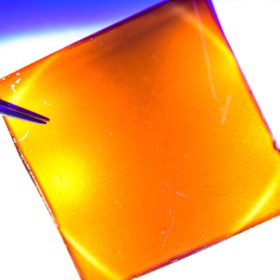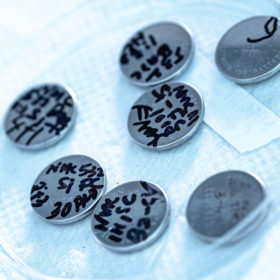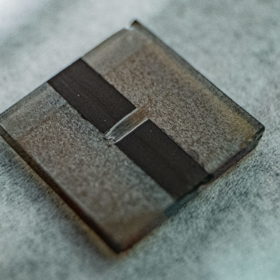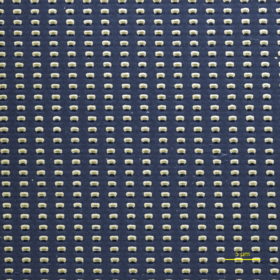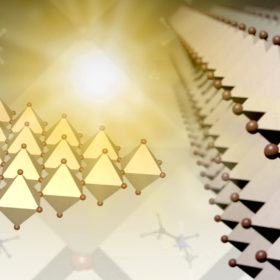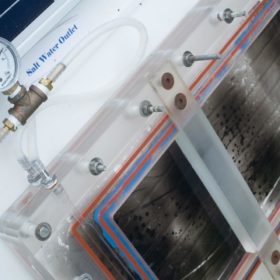New way to produce 3D/2D bilayer perovskite solar cells with 24.5% efficiency
US researchers have discovered an appropriate solvent design for the application of a 2D top layer on a perovskite solar cell. The cells incorporate the stability of 2D perovskite cells and the efficiency of 3D cells without destroying the 3D bottom layer, which brings them closer to commercialization.
An alumina lining for silicon in storage
Scientists at Rice University in the U.S. have conducted experiments with lithium-ion batteries using silicon as an anode material and made an unexpected discovery regarding an aluminum oxide passivation layer at the cathode. The finding could open up a new pathway toward better performing lithium-ion batteries.
Indium provides a boost to perovskite stability
Scientists at Rice University in the United States have found by strategically adding indium to an all-inorganic, lead-based perovskite, they can reduce the number of defects in the material and improve its efficiency, as well as providing a significant boost to stability.
Harnessing heat for 80% theoretical efficiency
Scientists at Rice University in Texas have developed a device which converts heat into light by squeezing it into a smaller bandgap. The ‘hyperbolic thermal emitter’ could be combined with a PV system to convert energy otherwise wasted as heat – a development the researchers say could drastically increase efficiency.
Advances made in organic photovoltaic flexibility
Researchers from the Rice University in Houston, Texas, have unveiled new findings in the field of organic photovoltaics (OPV).
U.S. scientists develop scale for measuring perovskite energy
A team from Rice University and Los Alamos National Laboratory has been able to observe electronic properties of perovskites at the quantum scale, and made discoveries likely to impact the development of perovskite solar cells.
US researchers see expansion in perovskite’s potential
Researchers based at Los Alamos National Laboraory in New Mexico, the U.S., and Rice University in Houston have found that constant illumination ‘relaxes’ the structure of perovskite solar cell material, increasing its conversion efficiency.
U.S. researchers develop new method for solar desalination
A team of researchers from Rice University in Houston, Texas has developed a new method for using solar power to desalinate sea water. Part of a federally funded research effort into water treatment , the team has developed a system utilizing a combination of membrane distillation and nanophotonics to turn salt water into fresh drinking water.
